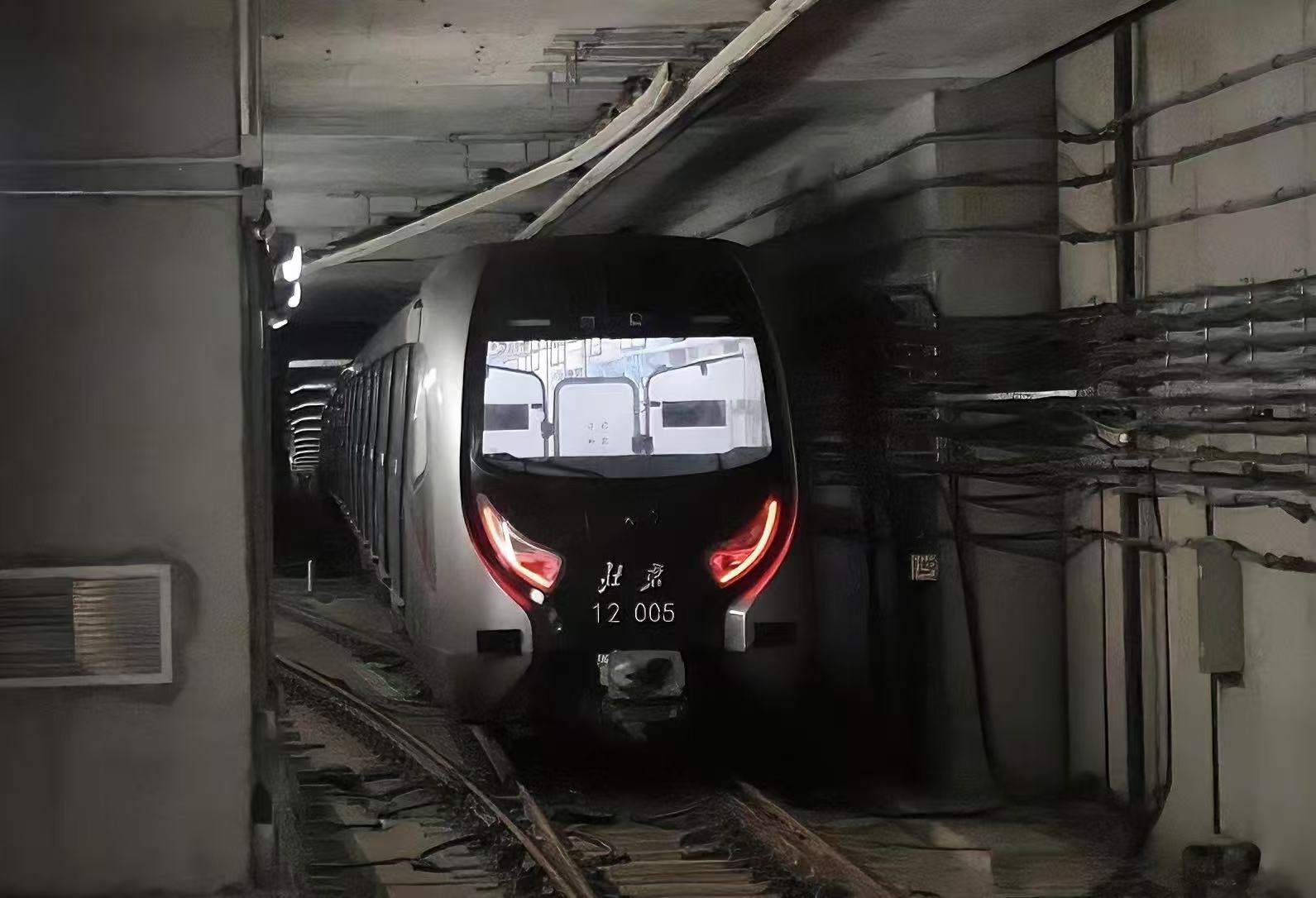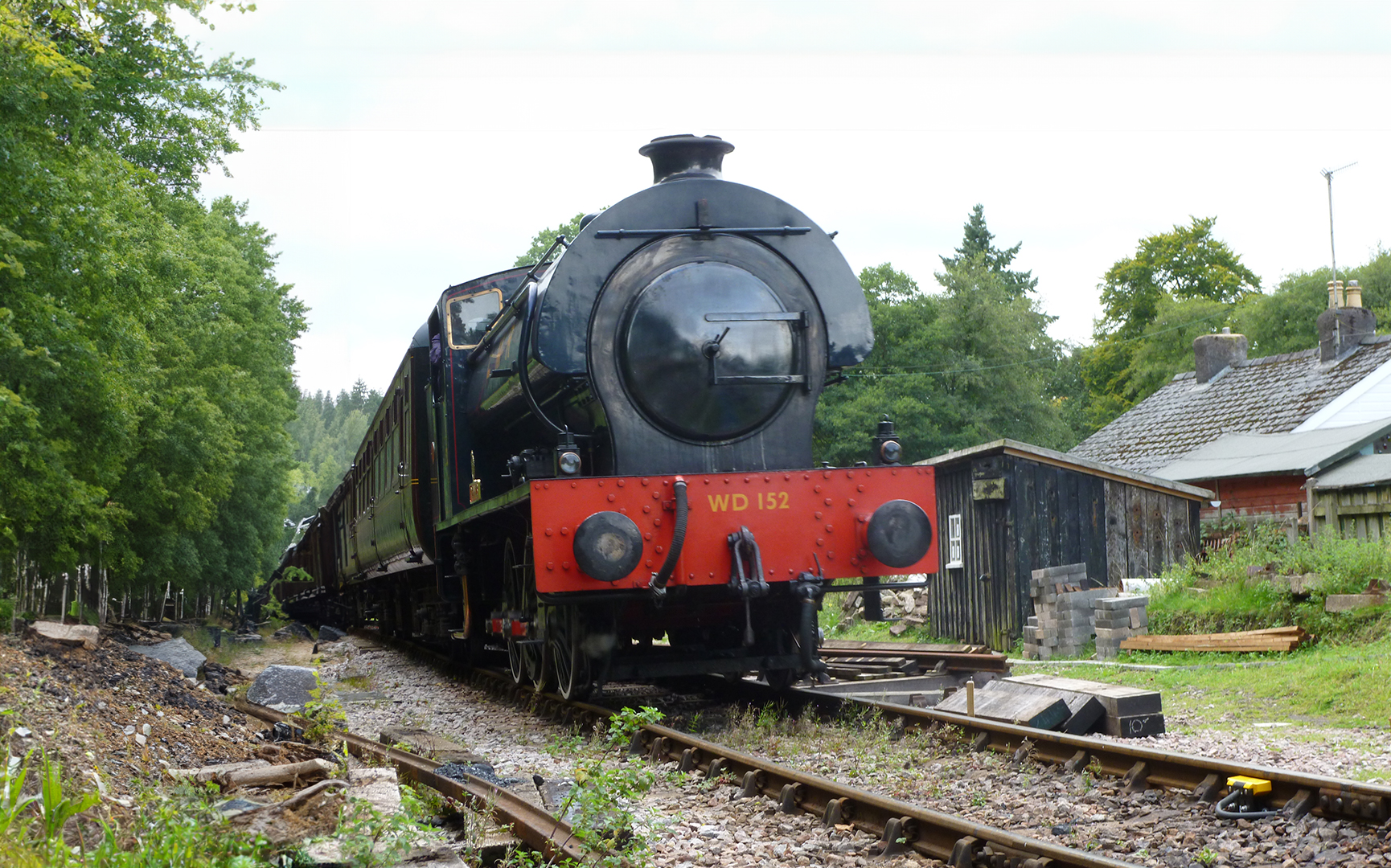

Frauscher Sensor Technology has completed the divestiture to Wabtec Corporation.
Find Out MoreNotification Center

From Shawfair to Tweedbank, the Borders Railway rail route underwent significant renovations after 45 years of disconnect due to Beeching cuts. Our Frauscher UK & Ireland team were involved in providing innovative solutions for train detection for a section of the Borders Railway route.
The Borders Railway project aims to revitalise a 30-mile rail link through the Scottish Borders, originally closed in 1969 due to the Beeching cuts. This project seeks to reconnect communities, enhance local tourism, and improve transportation efficiency, while preserving Scotland’s rail heritage.
The Frauscher UK & Ireland team played a vital role in supplying train detection system to a section of the Borders Rail, which includes seven stations from Shawfair to Tweedbank. Frauscher's Advanced Counter FAdC® and Wheel Sensor RSR123 were chosen due to their wide array of benefits. The FAdC® was selected for this project mainly because of its exceptional availability, reliability, and safety, as well as its lower lifecycle and maintenance costs compared to alternative systems. Additionally, its flexible architecture makes the FAdC® compatible with small, large, and complex systems, which was particularly beneficial for meeting the specific needs of this project. Furthermore, the Frauscher Wheel Sensor RSR123 was selected for this project due to its overall reliability and availability, ensuring smooth, safe and efficient rail operations. Its IP68 certification ensures it can withstand water and dust ingress, making it ideal for challenging operational conditions. Furthermore, the robust design of the RSR123 guarantees reliable performance in extreme temperatures, while the pluggable sensor cables simplify installation and reduce costs by eliminating complex wiring.

Reduced Failures and Enhances MTBF
Our Frauscher innovative solutions reduced the number of failures and improved the overall Mean Time Between Failures MTBF.
Cost Savings
The cost savings in Schedule 8 reduced the need for extensive maintenance and fewer service-affecting failures.




